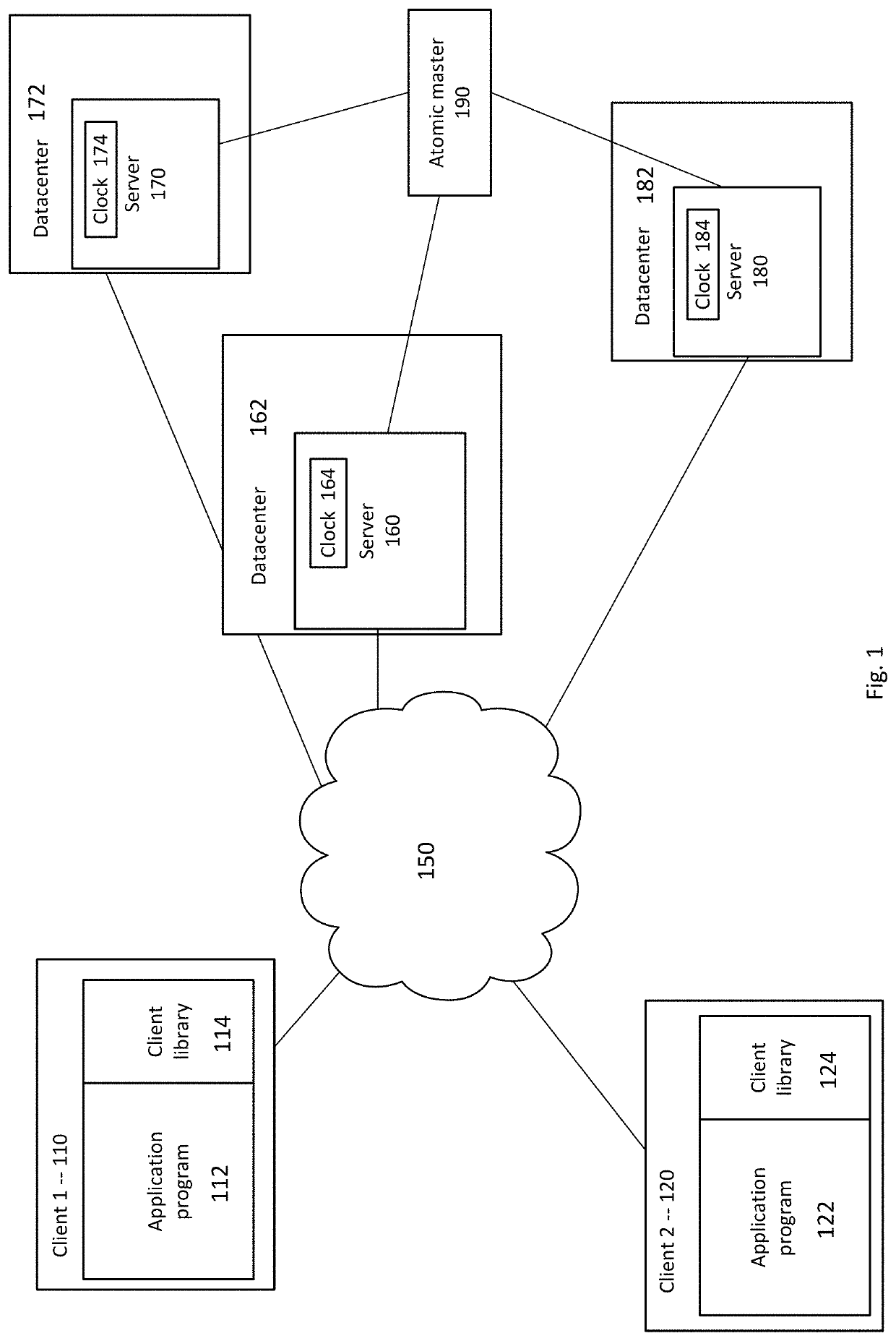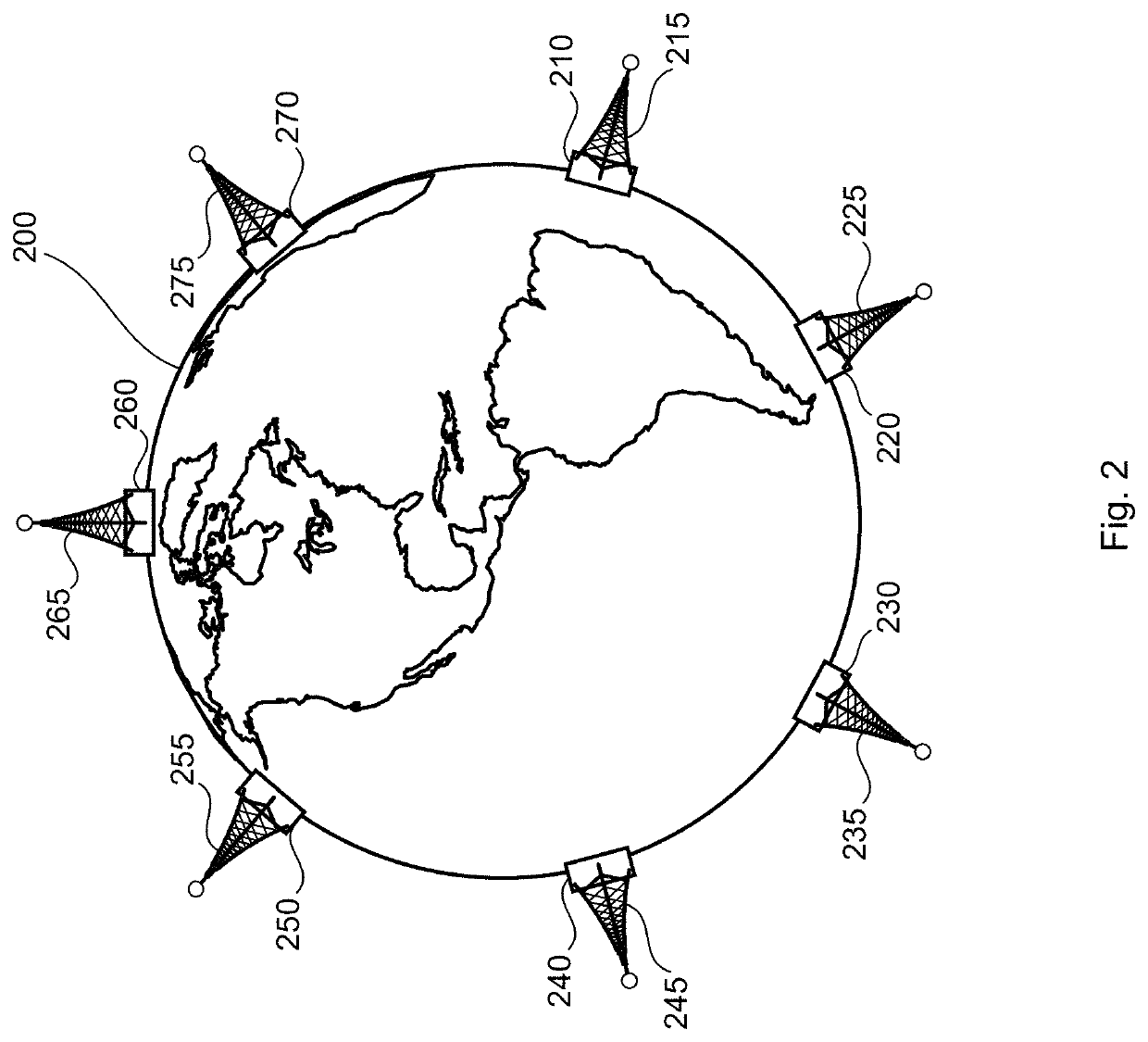High-throughput algorithm for multiversion concurrency control with globally synchronized time
a multi-concurrency control and global synchronization technology, applied in computing, instruments, electric digital data processing, etc., can solve the problems of local synchronization requiring expensive global synchronization within the database, existing algorithms performing commit wait, and limit the throughput of writing to any object to at leas
- Summary
- Abstract
- Description
- Claims
- Application Information
AI Technical Summary
Benefits of technology
Problems solved by technology
Method used
Image
Examples
Embodiment Construction
Overview
[0017]The present disclosure relates to a method for reducing a period of time in which a device in a distributed system must wait for a write transaction to be committed while still preserving consistency throughout the distributed system. This period of time, referred to as a commit wait time, is moved outside of a second time period in which a user-level lock is held. Server-side code is relieved of the waiting period of the commit wait time, and instead the commit wait time is imposed on a client library. For example, a timestamp associated with the write transaction is noted, the user-level lock is released, and any device in the distributed database that wants to read the committed write transaction must wait until that timestamp is guaranteed to be in the past.
[0018]In a first example, the commit wait does not occur at a device that executed the write transaction, but instead the commit wait occurs in two places. It occurs in the client library before the client libra...
PUM
 Login to View More
Login to View More Abstract
Description
Claims
Application Information
 Login to View More
Login to View More - R&D
- Intellectual Property
- Life Sciences
- Materials
- Tech Scout
- Unparalleled Data Quality
- Higher Quality Content
- 60% Fewer Hallucinations
Browse by: Latest US Patents, China's latest patents, Technical Efficacy Thesaurus, Application Domain, Technology Topic, Popular Technical Reports.
© 2025 PatSnap. All rights reserved.Legal|Privacy policy|Modern Slavery Act Transparency Statement|Sitemap|About US| Contact US: help@patsnap.com



